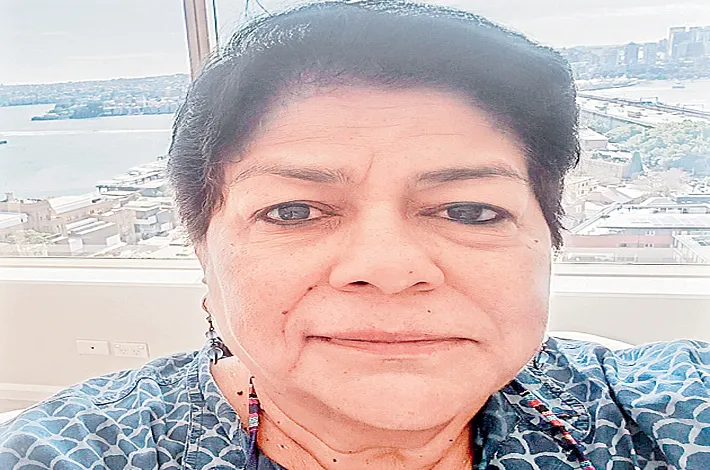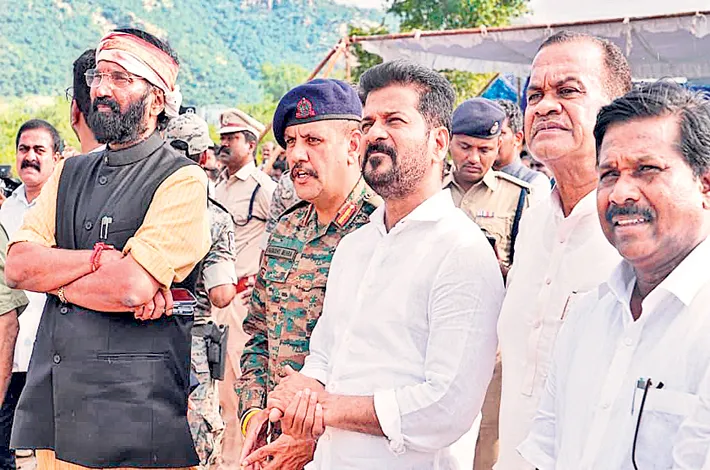The Secret of the Madanapalli Map
27-06-2025 12:00:00 AM

Inside was no gold or jewels, but something better: a collection of tiny, hand-carved wooden animals—elephants, tigers, peacocks, and more. A note from Appa’s childhood friend, dated 1955, explained: We made these to remember our adventures in Madanapalli. May the next finder keep the spirit of discovery alive
In the bustling town of Madanapalli, where the scent of ripe tomatoes mingled with the chatter of market vendors, lived a curious 10-year-old named Aisha. Her home, a cozy house with a tamarind tree in the yard, stood near the winding paths of Horsley Hills. Aisha loved exploring, her pockets always stuffed with pebbles and bits of string she found on her adventures. But one sunny morning, while rummaging through her grandfather’s dusty attic, she discovered something extraordinary: an old, crinkled map tucked inside a tin box.
The map was unlike any she’d seen. It wasn’t marked with roads or rivers but with strange symbols—swirls, stars, and a tiny drawing of a peacock feather. At the bottom, in her grandfather’s neat handwriting, were the words: Madanapalli’s Hidden Treasure. Aisha’s heart raced. A treasure? In her town? She had to find it.
She ran downstairs, map in hand, and showed it to her best friend, Ravi, who was munching on a guava in the kitchen. Ravi, with his messy hair and knack for solving puzzles, squinted at the map. “This looks like a code,” he said, adjusting his glasses. “We need to follow it!” Aisha’s grandfather, Appa, overheard them. His eyes twinkled as he leaned on his cane. “That map,” he said, “was drawn when I was your age. It leads to something special, but you’ll need sharp eyes and brave hearts.” He wouldn’t say more, only winked and shuffled off to his rocking chair.
Aisha and Ravi decided to start their quest at the town’s heart—the busy Madanapalli market. The map’s first symbol, a swirl, pointed to the old banyan tree near the vegetable stalls. They weaved through crowds, dodging aunties haggling over brinjals and carts piled high with mangoes. Under the banyan’s sprawling branches, they found a carved stone half-buried in the dirt. It had a star etched on it, matching the map’s next clue.
“This must be it!” Aisha whispered, brushing off the soil. The stone was loose, and beneath it lay a small wooden box. Inside was a brass key with a peacock feather design. Ravi’s eyes widened. “The map’s leading us somewhere locked!”
The next clue, a triangle with a dot, pointed to the Rishi Valley School, a short cycle ride away. The school’s library, with its creaky wooden floors and shelves of dusty books, was quiet that Saturday. Aisha scanned the map again. The triangle symbol matched a carving on a bookshelf in the corner. She tugged at it, and with a soft click, a hidden panel slid open, revealing a tiny scroll. Ravi unrolled it, reading aloud: “To the hills where the wind sings, find the cave where the peacock dances.”
“Horsley Hills!” Aisha exclaimed. The hills were just outside Madanapalli, a place of rocky trails and whispering winds. They borrowed Aisha’s cousin’s scooter (with permission, of course) and zipped toward the hills, the map flapping in Aisha’s backpack. The air grew cooler as they climbed, the town’s red-tiled roofs shrinking below.
At the hilltop, they searched for a cave. After an hour of scrambling over boulders and dodging thorny bushes, Ravi spotted a narrow opening hidden behind a curtain of vines. They squeezed inside, their flashlight casting shadows on the damp walls. At the back of the cave, a stone slab bore the peacock feather symbol. Aisha’s hands trembled as she fitted the brass key into a small slot. The slab rumbled, sliding aside to reveal a dusty chest.
Inside was no gold or jewels, but something better: a collection of tiny, hand-carved wooden animals—elephants, tigers, peacocks, and more. A note from Appa’s childhood friend, dated 1955, explained: We made these to remember our adventures in Madanapalli. May the next finder keep the spirit of discovery alive.
Aisha and Ravi sat in the cave, marveling at the carvings. Each animal was so detailed, it seemed ready to leap into life. “This is the treasure,” Aisha said softly. “It’s about the fun of finding it, not keeping it.” They decided to honor the note’s wish. Back in town, they hid the chest in a new spot—a hollow under the tamarind tree in Aisha’s yard—and drew their own map with fresh clues. They left it in the market, tucked under the banyan tree’s stone, for another curious kid to find someday.
That evening, as the sun painted Madanapalli’s sky orange, Aisha and Ravi sat with Appa, telling him about their adventure. He chuckled, his eyes crinkling. “You’ve added to the story,” he said. “That’s the real treasure of Madanapalli—its secrets keep calling to those who listen.” Aisha grinned, already dreaming of her next quest. In a town as alive as Madanapalli, with its markets, hills, and hidden corners, there were always more mysteries waiting.








